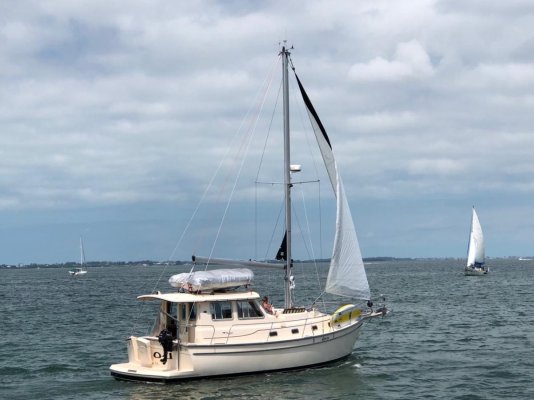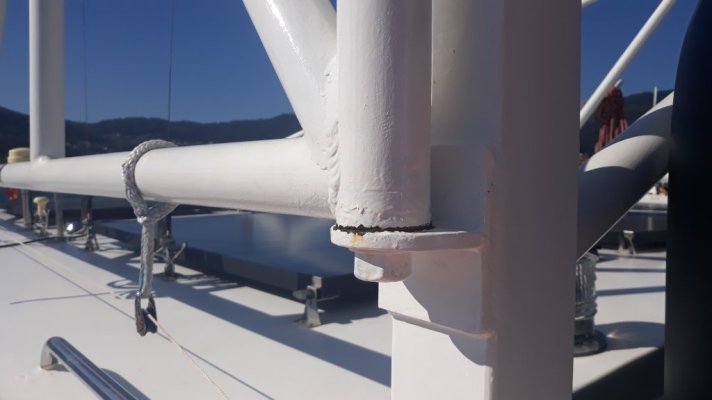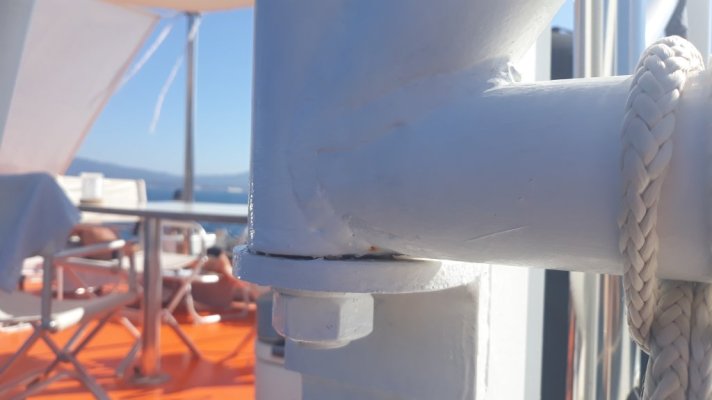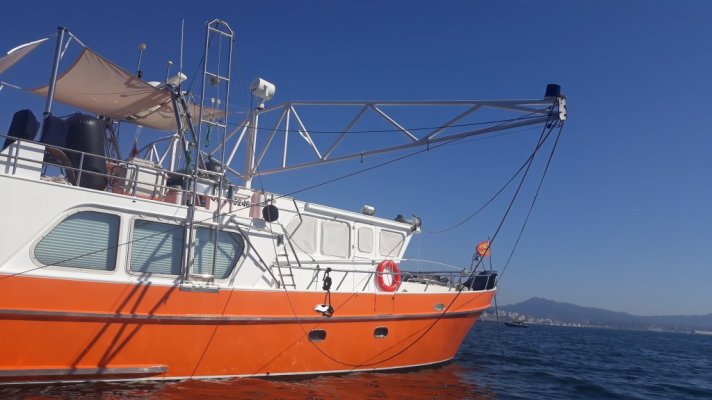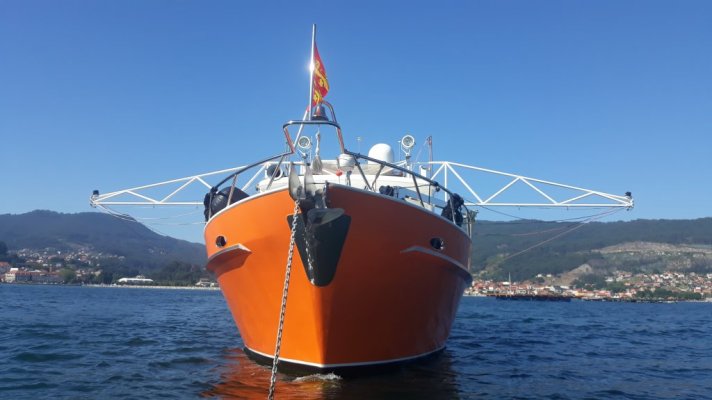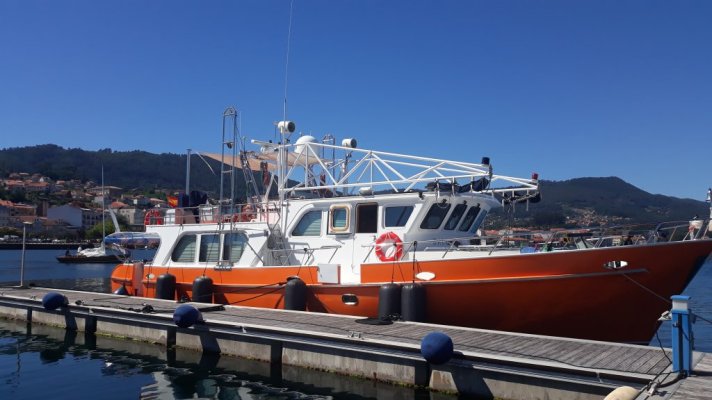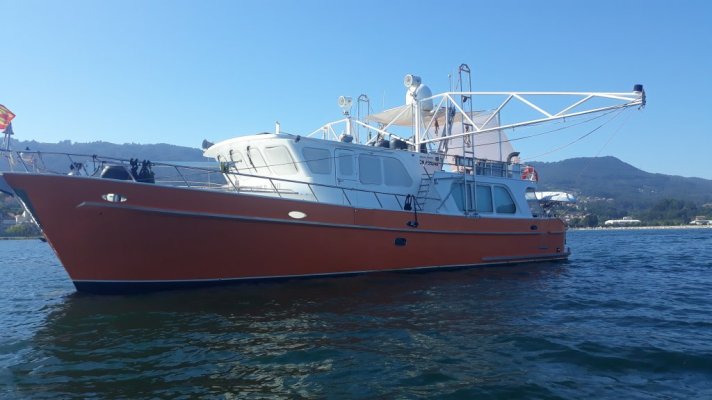Hippocampus
Guru
- Joined
- Jul 27, 2020
- Messages
- 4,085
- Location
- Plymouth
- Vessel Name
- Hippocampus
- Vessel Make
- Nordic Tug 42
The problem with ultralights is they must be kept ultralight to perform. Same for performance multihulls . Over weighted safety can deteriorate as well. This is the opposite of what you want as a cruiser. Every time we’ve sold a boat been amazed how much stuff (watch Carlins routine) needs to be removed. For racing captains get ridiculous. Raced a Chris White designed tri to Bermuda. Owner was even interested in eliminating weight from our sea bags.
Had occasion to watch production power cats, sailing cats and mono hulls going to weather traveling from Tortola to north south BVI. All were charter boats. The multis hobby horsed terribly. A privately owned Outremer was with them and stayed flat as we did. The power cats did the worst not having the benefit of the stabilization from sails. Think as regards ride there’s much to say for tris if going with power. Especially those with long lean central hulls and short empty amas. Not the LEENs. One needs a very long central hull to decrease risk of pitchpoling and again weight is an issue.Still the LEENs offer a great cruising interior and achieve category “A”. Tenants designs seem to allow some weight to allow a cruising lifestyle but looking at the designs would seem to be prone to issues going to weather in a seaway. Have no experience on power cats beyond small center consoles for fishing. Would be quite interested in others experience.
Had occasion to watch production power cats, sailing cats and mono hulls going to weather traveling from Tortola to north south BVI. All were charter boats. The multis hobby horsed terribly. A privately owned Outremer was with them and stayed flat as we did. The power cats did the worst not having the benefit of the stabilization from sails. Think as regards ride there’s much to say for tris if going with power. Especially those with long lean central hulls and short empty amas. Not the LEENs. One needs a very long central hull to decrease risk of pitchpoling and again weight is an issue.Still the LEENs offer a great cruising interior and achieve category “A”. Tenants designs seem to allow some weight to allow a cruising lifestyle but looking at the designs would seem to be prone to issues going to weather in a seaway. Have no experience on power cats beyond small center consoles for fishing. Would be quite interested in others experience.
Last edited:

